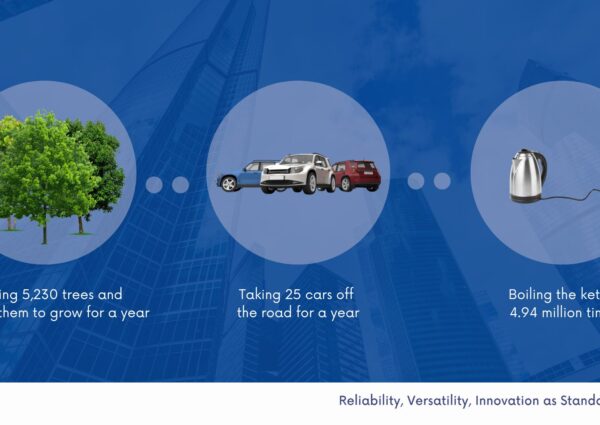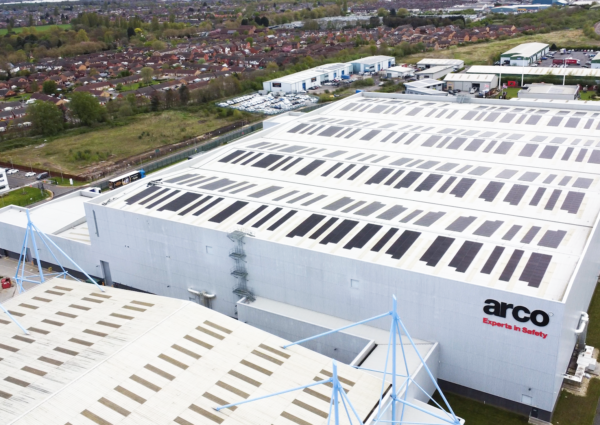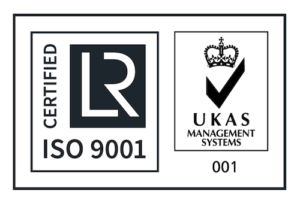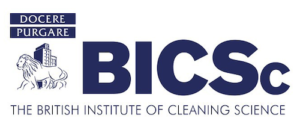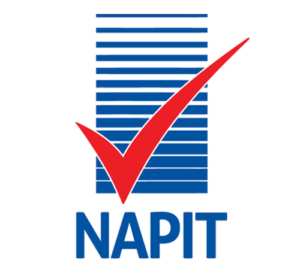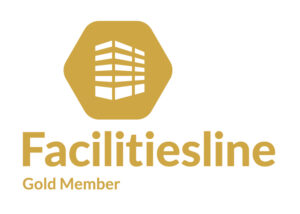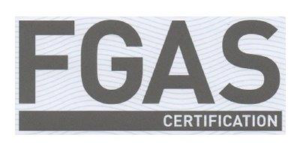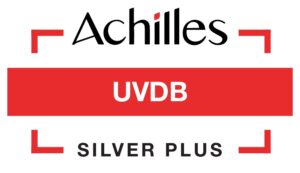How CAFM Software Empowers Facilities Managers to Optimise Operations
In today’s fast-paced, data-driven world, facilities managers are under increasing pressure to deliver more efficient, cost-effective, and sustainable operations. Whether managing a single site or a portfolio of properties, the complexity of modern facilities demands smarter tools. This is where Computer-Aided Facilities Management (CAFM) software comes into play.
CAFM software is transforming the way facilities are managed, offering a centralised platform to streamline operations, improve asset performance, and enhance service delivery. Here’s how it empowers facilities managers to optimise their operations.
- Centralised Data for Smarter Decision-Making
One of the most powerful features of CAFM software is its ability to consolidate data from across the organisation. From maintenance schedules and asset registers to space utilisation and compliance records, everything is stored in one place.
This centralised data hub allows facilities managers to:
- Access real-time information quickly
- Identify trends and inefficiencies
- Make informed, data-driven decisions
- Reduce reliance on spreadsheets and manual tracking
With accurate data at their fingertips, managers can plan proactively rather than reactively, leading to better outcomes and fewer surprises.
- Streamlined Maintenance Management
Reactive maintenance can be costly and disruptive. CAFM software enables a shift towards planned preventative maintenance (PPM) by automating scheduling and tracking of routine tasks.
Facilities managers can:
- Set up recurring maintenance schedules
- Receive alerts for upcoming or overdue tasks
- Track work orders and contractor performance
- Monitor asset lifecycles and plan replacements
This not only reduces downtime and repair costs but also extends the lifespan of critical assets, ensuring facilities run smoothly and safely.
- Improved Space and Resource Utilisation
In a world where hybrid working and flexible office layouts are becoming the norm, understanding how space is used is more important than ever. CAFM software provides detailed insights into space occupancy, usage patterns, and capacity planning.
Facilities managers can:
- Visualise floor plans and allocate space efficiently
- Identify underused areas and repurpose them
- Support agile working strategies
- Reduce energy consumption and overheads
By optimising space, organisations can create more productive environments while cutting unnecessary costs.
- Enhanced Compliance and Risk Management
Staying compliant with health and safety regulations, environmental standards, and industry-specific requirements is a top priority. CAFM software helps ensure nothing slips through the cracks.
Key compliance features include:
- Automated audit trails and documentation
- Scheduled inspections and safety checks
- Risk assessments and incident reporting
- Certification tracking and renewal reminders
This reduces the risk of non-compliance, fines, and reputational damage, while also creating a safer environment for staff and visitors.
- Better Communication and Collaboration
Facilities management often involves coordination between multiple stakeholders—internal teams, external contractors, suppliers, and building occupants. CAFM software acts as a communication bridge, improving transparency and accountability.
With built-in portals and mobile access, users can:
- Log service requests and track progress
- Share updates and documentation in real time
- Assign tasks and monitor completion
- Collaborate across departments and locations
This leads to faster response times, fewer misunderstandings, and a more cohesive approach to facilities management.
- Cost Control and Budget Visibility
Managing budgets effectively is a constant challenge. CAFM software provides detailed financial tracking and reporting tools that help facilities managers stay on top of costs.
Benefits include:
- Real-time budget monitoring
- Cost analysis by asset, location, or service
- Forecasting and lifecycle costing
- Identification of cost-saving opportunities
With greater financial visibility, managers can justify investments, avoid overspending, and demonstrate value to stakeholders.
- Scalability and Integration
Modern CAFM platforms are designed to grow with your organisation. Whether you’re managing a single building or a global portfolio, the software can scale to meet your needs.
Additionally, many CAFM systems integrate with other enterprise tools such as:
- Building Management Systems (BMS)
- Enterprise Resource Planning (ERP)
- Internet of Things (IoT) sensors
- HR and finance systems
This creates a connected ecosystem that enhances operational efficiency and supports strategic planning.
Final Thoughts
CAFM software is no longer a luxury—it’s a necessity for facilities managers aiming to deliver high-performing, future-ready operations. By centralising data, automating processes, and enabling smarter decision-making, it empowers teams to work more efficiently, reduce costs, and improve service quality.
As the built environment continues to evolve, embracing digital tools like CAFM will be key to staying ahead of the curve.
Ready to Optimise Your Facilities?
At Phosters FM, we harness the power of TabsCAFM to deliver smarter, more efficient facilities management across a wide range of sectors. Whether you’re looking to streamline maintenance, improve compliance, or gain better visibility over your assets, our expert team is here to help.
#ReliabilityasStandard #CAFM #ComputeraidedFacilitiesManagement #BuildingCompliance #CommercialProperty #FacilitiesManagement #HealthAndSafety #UKRegulations #PhostersFM




